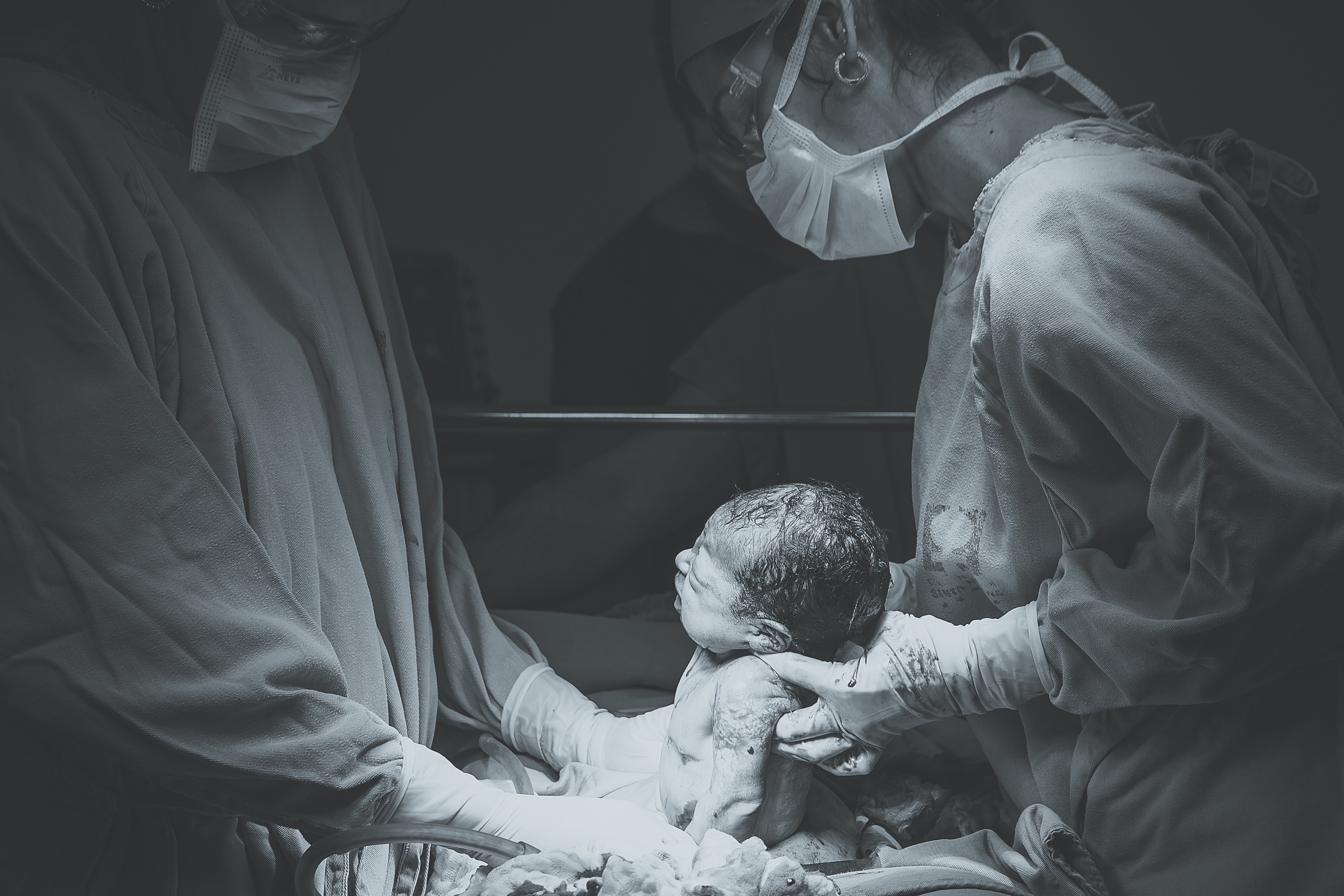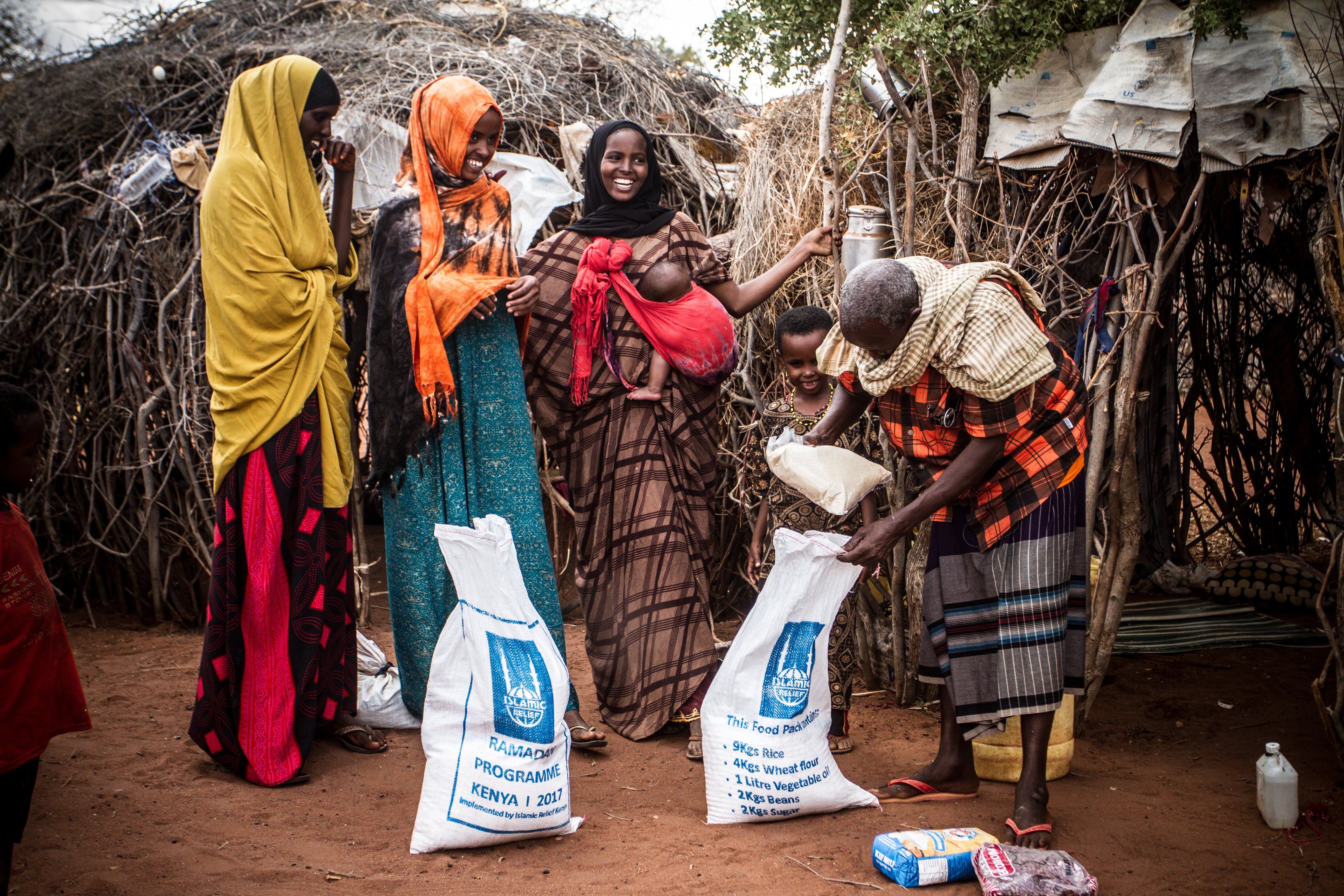In 2007, the Women and Gender Equity Knowledge Network of the WHO Commission on the Social Determinants of Health published their Report on Gender Inequity in Health. The report stated: “Gender inequality damages the physical and mental health of millions of girls and women across the globe. Taking action to improve gender equity in health and to address women's rights to health is one of the most direct and potent ways to reduce health inequities and ensure effective use of health resources. Deepening and consistently implementing human rights instruments can be a powerful mechanism to motivate and mobilize governments, people and especially women themselves.” The report shows that gender influences in society do determine health: who is sick or healthy, who is vulnerable to illness, who receives medical treatment. It is critical to protect women's human rights, which are vital elements of a normative framework for women's health. This requires empowering women to realize and take possession of their human rights. These actions can be supported by implementing gender-sensitive infrastructure and increasing education, skill development and opportunities for women.
Where are we now? Although advances have been made in decreasing maternal mortality (from 1990 to 2015, global maternal mortality decreased by approximately 40%), currently every two minutes a woman dies from preventable causes related to pregnancy and childbirth. Many other areas of women's health have had little to no advancement.
Problems encountered by women in accessing care:
- lack of specialists trained in female health
- lack of education/information inhibiting compliance to care
- fear of physical examinations
- lack of funds to pay for treament
- spousal authorization practices
- lack of rights to privacy and confidentiality
- distance to healthcare providers
- cultural practices
Problems interfering with a healthy lifestyle for women:
- lack of health education
- exposure to harmful conditions in the workplace (menial labor)
- exposure to unsafe cooking fuels
- cultural values (lower societal position than men, child marriage, attitudes toward menstruation)
- subject to violence, which results in injuries; sexually transmitted diseases; undesired pregnancies; depression and chronic diseases
It is necessary to create conditions which ensure access to medical care for women. The facts show us that emphasis needs to be on women's human rights, gender-sensitive infrastructure and education. Promotion of reproductive health and women's rights, including issues such as female circumcision, AIDS, self-care and autonomy are vital. Countries employing laws prohibiting services for contraception, sexually transmitted infections, voluntary sterilization and abortion have high rates of maternal morbidity and mortality, and are associated with a wide gap between rich and poor. In order to change this, principles must be developed to advance and protect women's health. In many countries, health legislation is still needed for women's occupational health and reproductive health care. Good reproductive health care strategies which include education, contraception and services are necessary, and women must raise voices and join together to champion women's right to health.

WHO key facts of maternal mortality:
- Every two minutes, a woman dies from preventable causes related to pregnancy and childbirth. Ninety-nine percent (99%) of these deaths occur in developing countries.
- Maternal mortality is highest in rural areas and poorer communties.
- Adolescent girls under the age of 15 suffer an increased risk of complications and death from pregnancy.
- Prenatal and obstetric care saves lives of women and newborns.
- From 1990-2015, global maternal mortality decreased by ~44%.
- Between 2016 and 2030, the WHO has set a target to reduce the global maternal mortality ratio to less than 70 per 100,000 live births.
Major factors in maternal death:
- Births unassisted by a skilled health professional
- Lack of antenatal care
- Poverty
- Lack of education
The WHO has developed a global strategy for reducing maternal mortality (a target of SDG 3) which will:
- address inequalities in access to and quality of reproductive, maternal and healthcare services
- ensure universal health care coverage for comprehensive reproductive, maternal and newborn health care
- address all causes of maternal mortality, reproductive and maternal morbidities
- strengthen health systems (including data collection to respond to the needs of women/girls)
- ensure accountability to improve the equity and quality of care
So, what can we do? Raise our voices. Work with men and boys to change values and behavior. Campaign for universal health coverage, as today there are millions of women who cannot afford health care. Sign and share petitions. Volunteer. Create awareness. Email your government representative. Promote women's rights, as gender equality and women's rights are essential drivers of health and well-being. Finally, think of all these issues in relation to possible candidates for the Target Project Health, and bring us your projects. Help FAWCO to change the narrative around women's health!

